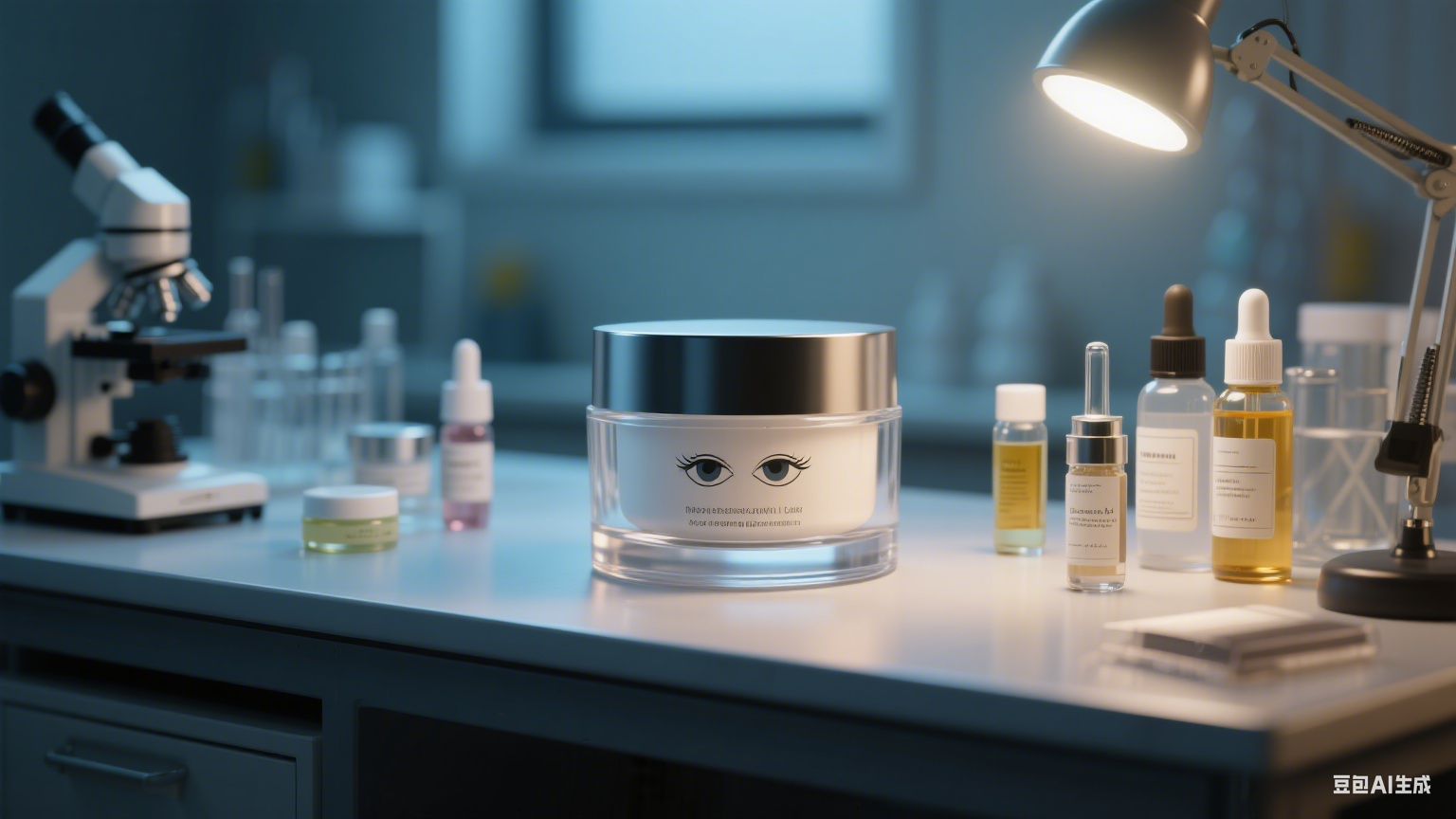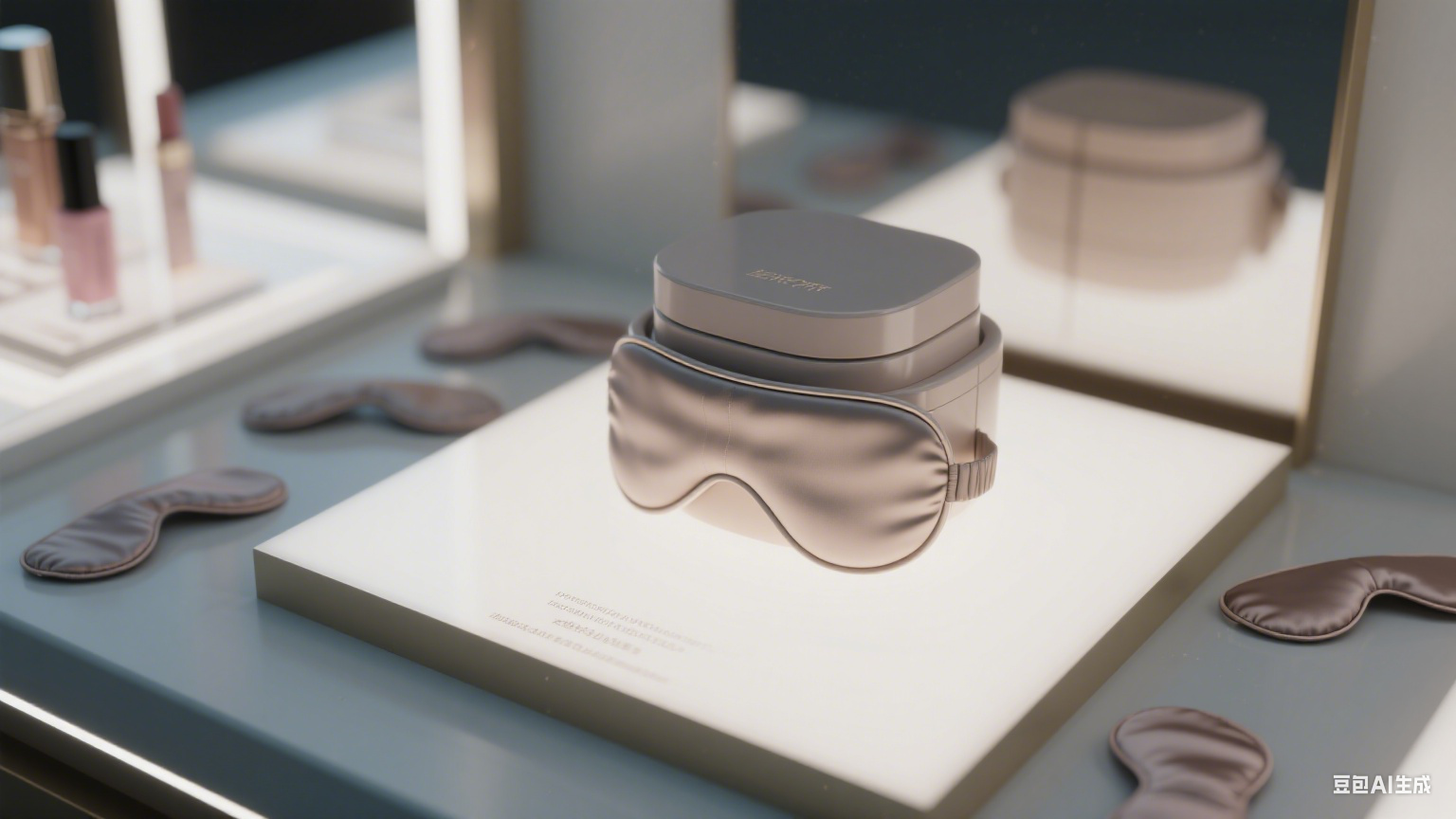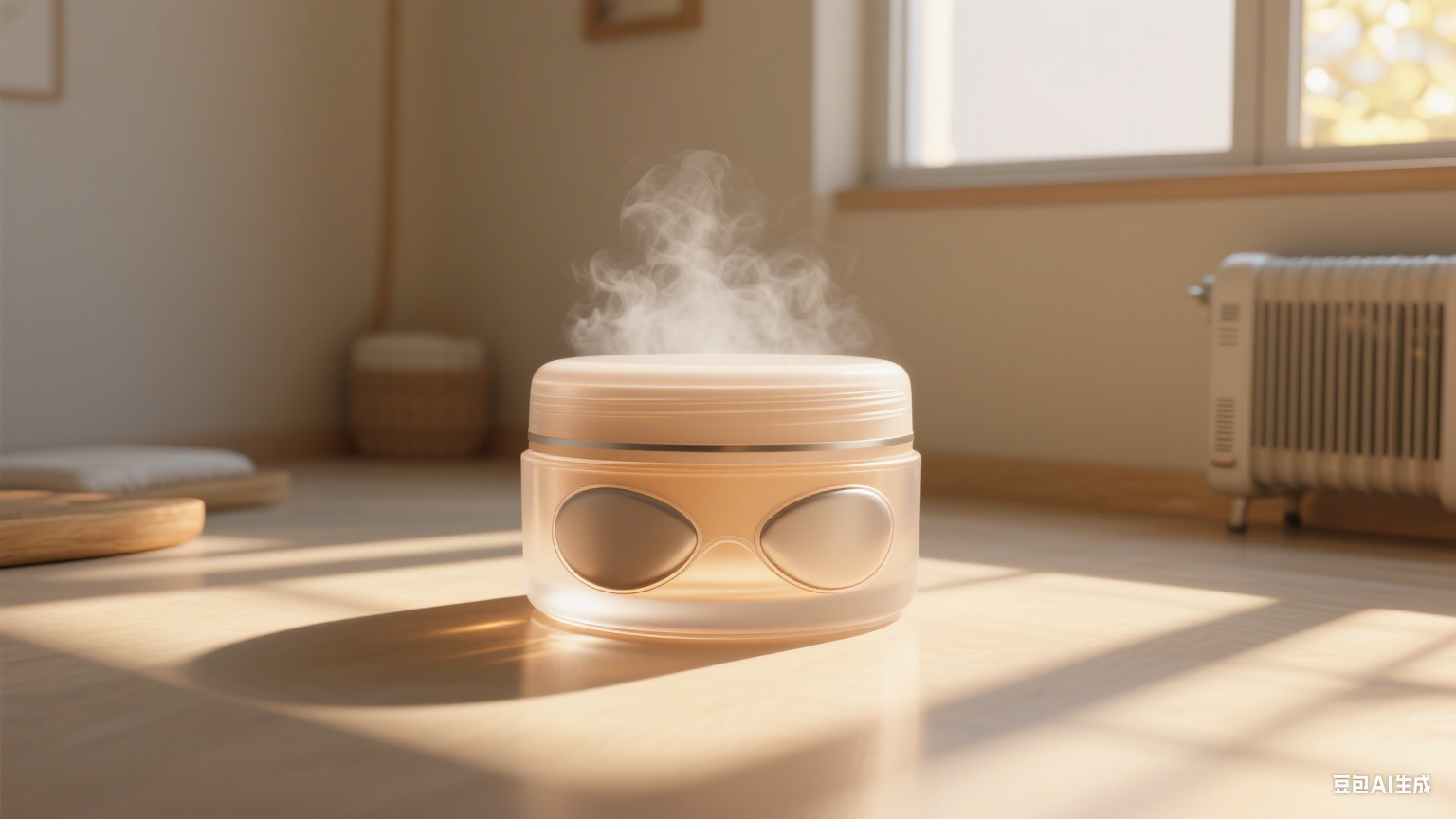
 TikTok Service
TikTok Service
 Facebook Service
Facebook Service
 RedNote Service
RedNote Service
 Amazon Service
Amazon Service
**
(Photo caption: A collection of real eye mask containers placed on a vanity table. There are glass jars with spatulas, plastic squeeze tubes, and airless pump bottles, each paired with a pack of eye masks. The background includes a small mirror and a skincare brush, creating a daily skincare scene.)
Eye mask containers play a vital role in keeping eye masks fresh, hygienic, and effective. The right container protects the active ingredients in eye masks from air, light, and bacteria. Let’s break down the key aspects of eye mask containers: materials, types, and usage tips.
The material of an eye mask container directly impacts the preservation of eye mask ingredients. Here are the most widely used materials:
**
(Photo caption: From left to right: A clear glass jar (labeled "non-reactive, preserves active ingredients"), a white plastic squeeze tube (labeled "lightweight, travel-friendly"), and a silver airless pump bottle (labeled "anti-bacterial, no contamination"). Each container has a small sample of eye mask inside to show practical use.)
Features: Chemically stable, non-reactive with skincare ingredients, and transparent (easy to check remaining quantity). Thick glass also blocks light well.
Best for: Premium eye masks with sensitive active ingredients (like vitamin C or retinol) that need strict protection from oxidation.
Features: Lightweight, shatterproof, and affordable. High-quality plastic is BPA-free and resistant to ingredient corrosion.
Best for: Daily-use eye masks or travel-sized products, as they are easy to carry and less likely to break.
Features: Usually made of plastic or metal with an airtight pump system. It prevents air from entering the container, reducing bacterial contamination.
Best for: Gel or cream-based eye masks that are prone to bacterial growth when exposed to air.
Different container types suit different eye mask textures and usage habits:
Pros: Easy to access the entire product; ideal for thick cream or sheet eye masks (when storing extra pairs).
Note: Always use the included spatula (avoid fingers) to take eye masks, as it prevents bacteria transfer.
Pros: Convenient to control the amount used; the narrow opening reduces air contact. Great for liquid or gel eye masks.
Note: Squeeze gently to avoid squeezing out too much product at once.
Pros: The most hygienic option—no direct contact with the product. Maintains ingredient freshness for a long time.
Note: Prime the pump a few times before first use to get the product flowing.
For jars: Wash the spatula with warm soapy water after each use and dry it before putting it back.
For tubes/pumps: Wipe the opening with a clean tissue after use to remove residue.
Avoid placing eye mask containers near windows (sunlight) or heaters (high temperature). Heat and light can break down active ingredients, reducing the eye mask’s effectiveness.
**
(Photo caption: A skincare storage cabinet: Eye mask containers are placed in a dark, cool corner. A small label on each container reads "store below 25℃" and "avoid sunlight," showing proper storage practice.)
Always seal the container tightly immediately after use. For jars, make sure the lid is screwed on firmly; for pumps/tubes, ensure the cap is closed to prevent air leakage.
By choosing the right eye mask container and using it properly, you can maximize the effectiveness of your eye masks and keep your skincare routine hygienic.
Guangzhou Pengqi has been dedicated to the production of mid-to-high-end cosmetic packaging containers for 16 years. Its products include various cosmetic packaging materials, acrylic packaging bottles, PET plastic bottles, ointment bottles, lotion bottles, foam bottles, spray bottles, vacuum bottles, shampoo and conditioner bottles, as well as packaging for beauty products, with a daily production capacity of over 300,000 units. It supports small-batch orders for new customers and offers a large inventory for fast delivery within 24 hours